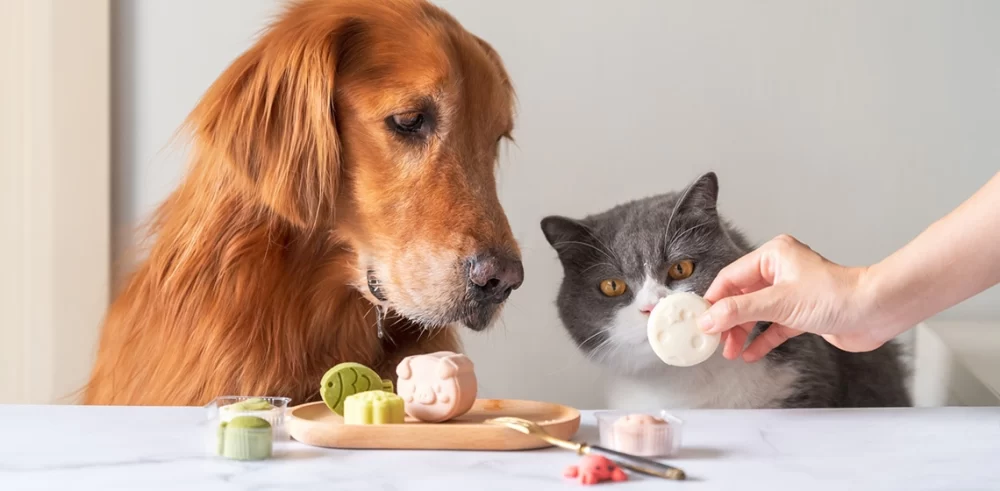- Understanding Pet Food Intolerance
- Common Symptoms of Pet Food Allergies
- Steps to Manage Food Intolerance in Pets
- How Hidden Brook Veterinary Can Help
Understanding Pet Food Intolerance
Food intolerance in pets is a common issue that many pet owners face. Unlike food allergies, which involve the immune system, food intolerance is typically a digestive issue where the pet’s body struggles to process certain ingredients in their food. This condition can manifest in various ways, including gastrointestinal distress or skin problems.
Common Symptoms of Pet Food Allergies
Identifying the symptoms of food intolerance in pets can be tricky, as they often overlap with other health issues. However, common signs include:
- Chronic diarrhea or vomiting
- Skin irritation or itchy patches
- Frequent gas or bloating
- Changes in appetite or weight loss
- Ear infections or paw licking
If your pet is experiencing any of these symptoms, it could be time to investigate whether food intolerance is the cause. A proper diagnosis from a veterinarian is crucial to rule out other conditions.
Steps to Manage Food Intolerance in Pets
Managing food intolerance in pets involves a few essential steps. Here are the key actions you can take:
1. Identify the Trigger Ingredient
The first step in addressing food intolerance is to identify the ingredient causing the issue. This often involves an elimination diet, where you gradually remove certain foods from your pet’s diet and observe any changes in their symptoms. Working with a veterinarian is highly recommended during this process.
2. Switch to a Suitable Diet
Once the offending ingredient has been identified, it’s important to switch your pet to a diet that does not include that ingredient. Many pet food brands offer specialized formulas for pets with food intolerance or allergies. You can also consider home-cooked meals or prescription diets tailored to your pet’s needs.
3. Gradual Transition
When changing your pet’s diet, it’s essential to transition slowly. Abrupt changes in food can cause further digestive upset. Mix the new food with the old food, gradually increasing the ratio of new food over a period of 7-10 days.
4. Regular Monitoring and Vet Check-ups
Once you’ve switched to a new diet, it’s important to monitor your pet’s progress. Keep an eye out for any recurring symptoms, and schedule regular check-ups with your vet to ensure your pet is responding well to the new food.
How Hidden Brook Veterinary Can Help
At Hidden Brook Veterinary, we understand the challenges that come with managing your pet’s food intolerance. Our team of experienced veterinarians is here to guide you through the process, from diagnosing food intolerance to recommending the best food options for your pet’s specific needs. We offer tailored advice and support to ensure your pet remains happy and healthy.
If you suspect your pet may be dealing with food intolerance, don’t hesitate to contact us for a consultation. Together, we can create a comprehensive plan to help your pet thrive.












